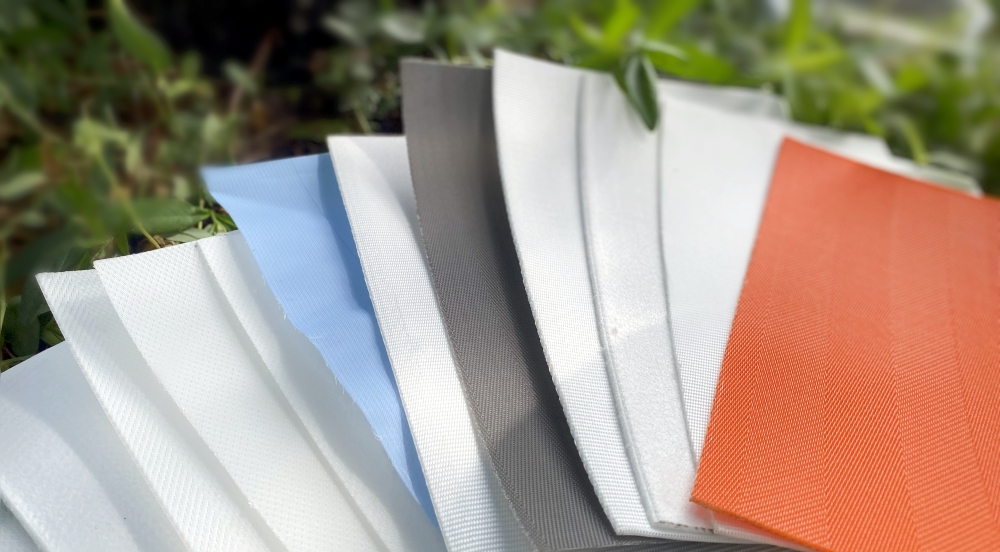
With the advancement of manufacturing and science and technology, industrial filter cloth—used as a medium for solid-liquid separation—has been widely applied in various fields such as mineral processing, metallurgy, coal, petroleum, chemical engineering, pharmaceuticals, environmental protection, and food industries. So, what is the working principle behind industrial filter cloth?
The basic concept of industrial filter cloth is the use of a porous medium to separate a suspension. When the filter cloth is in operation, under the influence of external force, the liquid in the suspension passes through the channels of the medium, while solid particles are retained, thus achieving separation. Generally, the suspension to be filtered is called filter slurry, the porous medium used is known as the filter medium, the liquid passing through the medium is the filtrate, and the retained solids are referred to as filter cake or filtration residue.

The driving force for filtration operation is the pressure difference between the upstream and downstream sides of the filter medium. This pressure difference can be generated by the following methods:
1、Using the pressure head of the slurry itself
2、Applying pressure to the surface of the slurry
3、Creating a vacuum on the downstream side of the filter medium
4、Utilizing inertial centrifugal force
Filtration operations can be classified into two types based on their principles:
1. Sieve Filtration
In this method, the pore size of the filter medium is smaller than the diameter of the solid particles. The medium removes suspended solids through a sieving mechanism. In the initial stage of filtration, fine particles pass through, resulting in a cloudy filtrate. As the filter cake layer forms and thickens, the filtrate gradually becomes clearer. Due to gradual clogging of the pores, filtration speed decreases. Once a filter cake forms, it assumes the sieving function, while the filter medium merely supports the filter cake layer. Therefore, this is referred to as "cake filtration."
2. Adsorptive Filtration
In this method, the mesh size of the filter medium is larger than the diameter of the solid particles. Once inside the pore channels, the solid particles are adsorbed onto the surface of the medium. In actual production, both filtration and adsorption often act simultaneously. The adsorptive filter medium retains larger particles, while the filter cake layer formed by the filtering medium can adsorb smaller particles.
This dual-action mechanism ensures efficient separation in complex industrial filtration scenarios.